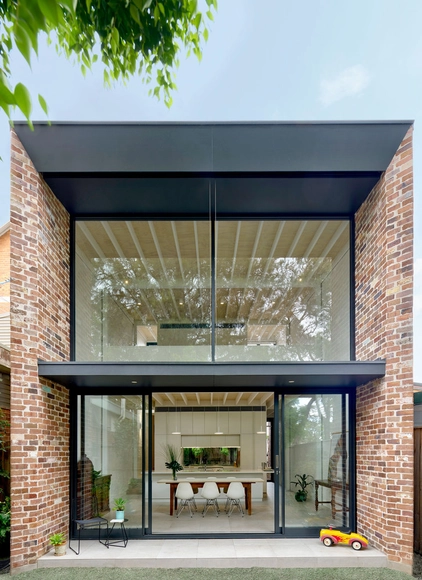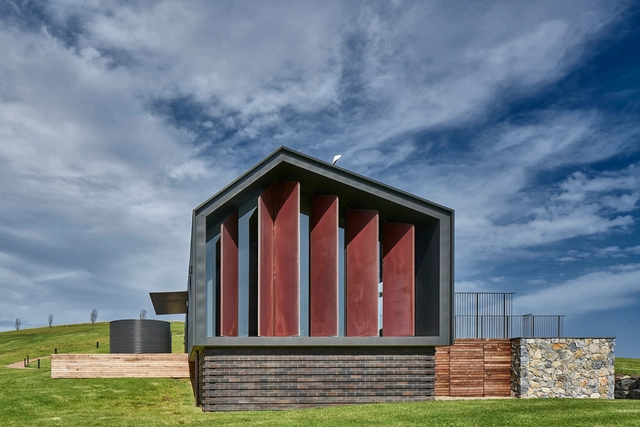
-
Architects: Peter Stutchbury Architecture
- Area: 197 m²
- Year: 2017
-
Manufacturers: Brodware, Eco Outdoor
-
Professionals: Van Der Meer Structural Engineers, Sprout Landscape Architecture
If you want to make the best of your experience on our site, sign-up.

If you want to make the best of your experience on our site, sign-up.



The window is the architectural element that satisfies our innate need to relate to the outside space, providing us with ventilation and light. The more extensive and clean the window is, the greater the sensation of "being outside". Consequently, opening up spaces to the outside has become a common requirement for people who want and need to inhabit flexible, adaptable spaces, in contact with the air and nature. There are many ways to do this, but not all of them allow an airtight enclosure to become fully open and continuous, clearing the boundaries between both spaces.






The 2015 Australian Achievement in Architecture Awards have been allocated by the Australian Institute of Architects in Melbourne. The prestigious awards honor emerging and seasoned architects, students, and academics whose interdisciplinary designs have excelled in embracing the possibilities of the profession. Granting 14 awards in 9 categories, the recipients’ work spans a wide range of subject matter and addresses various aspects of architecture’s inherent influences both locally and globally.
The highest award, the Gold Medal, was awarded to Peter Stutchbury, whose lifelong commitment to architecture has spanned education, professional practice, and involvement in organizations. His international work consistently speaks to its specific cultural and site conditions, while adhering to sustainable design principles.
See all the 2015 award winners, after the break.

With conscious material choices, Australian architects Tonkin Zulaikha Greer are known for their ability to integrate buildings into a city’s existing fabric. Michael Holt, editor of the Australian Design Review, caught up with partner Tim Greer, for the following interview, picking his brain on materiality, site, history and more.
Since the practice’s inception in 1988, Tonkin Zulaikha Greer (TZG) has become expert in the reuse of existing built fabric and how best to reintroduce the past into the contemporary. Through projects such as the restoration of Hyde Park Barracks, the National Arboretum Canberra (featured in AR131–Present), Carriageworks, and Paddington Reservoir Gardens, certain design characteristics are notable: volumetric boxes, a shifting in typology, an overarching and encompassing ceiling or roof plane, a restricted material palette, and working-off the existing while simultaneously revealing the existing.
.jpg?1403805849)
The Australian Institute of Architects announced its 2014 NSW Architecture Awards in a ceremony held in Sydney last night. Among the 42 Awards and 18 Commendations given out, perhaps the biggest winner was Neeson Murcutt Architects, whose Prince Alfred Park + Pool Upgrade won the Sulman Medal for Public Architecture, the Lloyd Rees Award for Urban Architecture, and was a joint winner of the City of Sydney Lord Mayor's Prize.
In awarding the scheme by Neeson Murcutt Architects, the jury noted that it was "a rare synthesis of art and landscape, urban design and architecture" making the experience "a delight in every detail."
See the full list of 69 Awards, Prizes and Commendations after the break